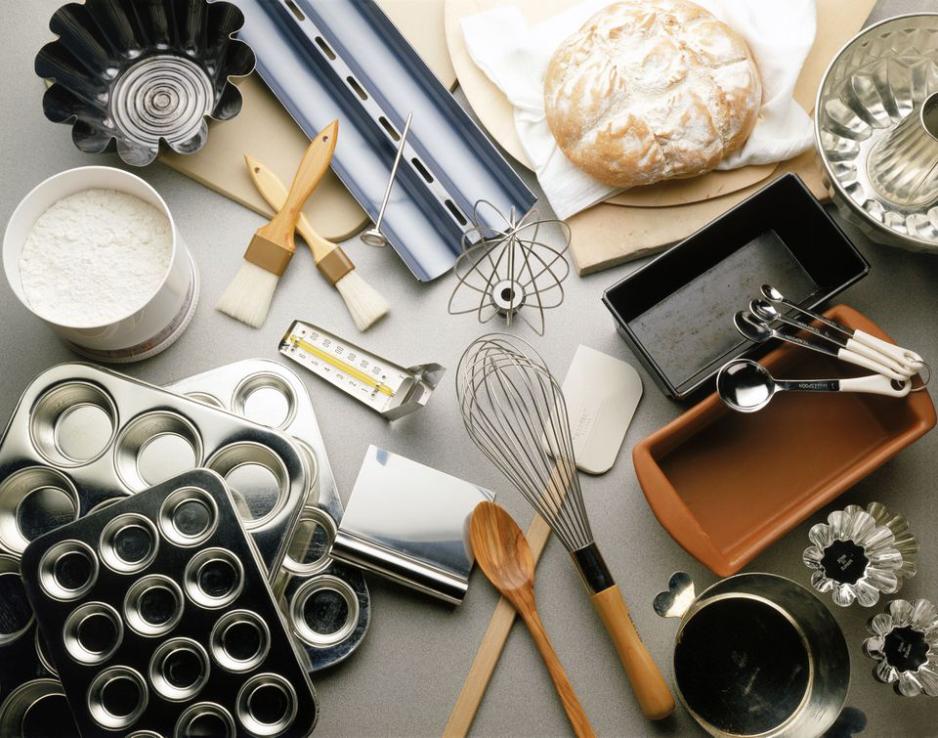What Are the Secrets to Creating a Perfect Chocolate Chip Cookie?
In the realm of baked goods, few treats are as universally beloved as the chocolate chip cookie. With its irresistible combination of chewy texture, rich flavor, and gooey chocolate chips, it's a classic that has captured hearts and taste buds for generations. But what are the secrets to creating the perfect chocolate chip cookie? In this comprehensive guide, we'll unveil the science behind the perfect cookie and provide invaluable tips and techniques to help you achieve cookie perfection.

The Science Behind The Perfect Cookie
Creating the perfect chocolate chip cookie is a delicate balance of ingredients, mixing techniques, and baking conditions. Understanding the role of each component and how they interact is essential for achieving the desired texture, flavor, and appearance.
Ingredients:
- Flour: The type of flour used significantly impacts the cookie's structure. All-purpose flour is the most commonly used, providing a balance between structure and tenderness. Bread flour, with its higher protein content, yields a chewier cookie, while cake flour produces a more tender and crumbly texture.
- Sugar: Granulated sugar provides sweetness and helps create a crisp exterior, while brown sugar adds moisture, chewiness, and a richer flavor.
- Butter: High-quality butter is crucial for achieving a rich, flavorful cookie. Using unsalted butter allows for precise control over the saltiness, ensuring the perfect balance of sweet and salty.
- Eggs: Eggs bind the ingredients together and provide structure. Using large eggs at room temperature ensures even mixing and a consistent texture.
- Chocolate Chips: The type of chocolate chips used can greatly influence the cookie's flavor and texture. Semi-sweet chocolate chips are a popular choice, offering a classic chocolate flavor. Dark chocolate chips provide a more intense cocoa flavor, while milk chocolate chips add a sweeter, creamier touch.
Mixing and Baking Techniques:
- Chilling the Dough: Chilling the dough before baking is a crucial step for achieving a chewy texture. The cold temperature slows the spread of the cookies, allowing them to rise more evenly and develop a more complex flavor.
- Creaming the Butter and Sugar: Creaming the butter and sugar together until light and fluffy is essential for incorporating air into the dough, resulting in a tender and flavorful cookie.
- Folding in the Chocolate Chips: Gently folding in the chocolate chips prevents overmixing, which can lead to tough, dense cookies. Use a spatula to carefully incorporate the chips, ensuring they are evenly distributed throughout the dough.
- Baking Temperature and Time: The optimal baking temperature and time are crucial for achieving the perfect balance between crisp edges and a chewy center. Bake the cookies at a moderate temperature (350-375°F) for 10-12 minutes, or until the edges are golden brown and the centers are set.
Additional Tips For Achieving Cookie Perfection
- Use High-Quality Ingredients: The quality of your ingredients directly impacts the taste and texture of your cookies. Opt for high-quality butter, chocolate chips, and other ingredients to ensure the best results.
- Measure Accurately: Precise measurements are essential for consistent results. Use a kitchen scale to accurately measure ingredients, especially flour and sugar.
- Don't Overmix the Dough: Overmixing the dough can lead to tough, dense cookies. Mix the ingredients just until they are combined, avoiding overworking the dough.
- Use a Cookie Scoop: Using a cookie scoop ensures uniform cookie sizes and even baking. It also helps prevent overmixing, as you won't need to handle the dough as much.
- Space the Cookies Properly: Space the cookies evenly on the baking sheet to allow for proper air circulation and even baking. Overcrowding the baking sheet can result in unevenly baked cookies.
- Let the Cookies Cool: Allow the cookies to cool on the baking sheet for a few minutes before transferring them to a wire rack. This helps prevent breakage and allows the cookies to set properly.
Troubleshooting Common Cookie Problems
- Cookies Spread Too Much: If your cookies spread excessively, try adjusting the ratio of flour to butter or chilling the dough longer. You can also try using a baking sheet with a silicone mat or parchment paper to prevent sticking.
- Cookies Are Too Dry: For a moist and chewy texture, use brown sugar or add a touch of honey to the dough. You can also reduce the baking time or bake the cookies at a lower temperature.
- Cookies Are Too Crumbly: To prevent cookies from crumbling, try using a combination of all-purpose and bread flour or chilling the dough thoroughly before baking. You can also try adding a small amount of cornstarch to the dough.
Creating the perfect chocolate chip cookie is a combination of art and science, requiring careful attention to ingredients, mixing techniques, and baking conditions. By understanding the role of each component and following these tips and techniques, you can achieve cookie perfection and indulge in the ultimate comfort food experience. Experiment with different recipes and techniques to find your perfect chocolate chip cookie recipe, and share your creations with friends and family. As the saying goes, "Life is short, eat cookies first!"

YesNo

Leave a Reply